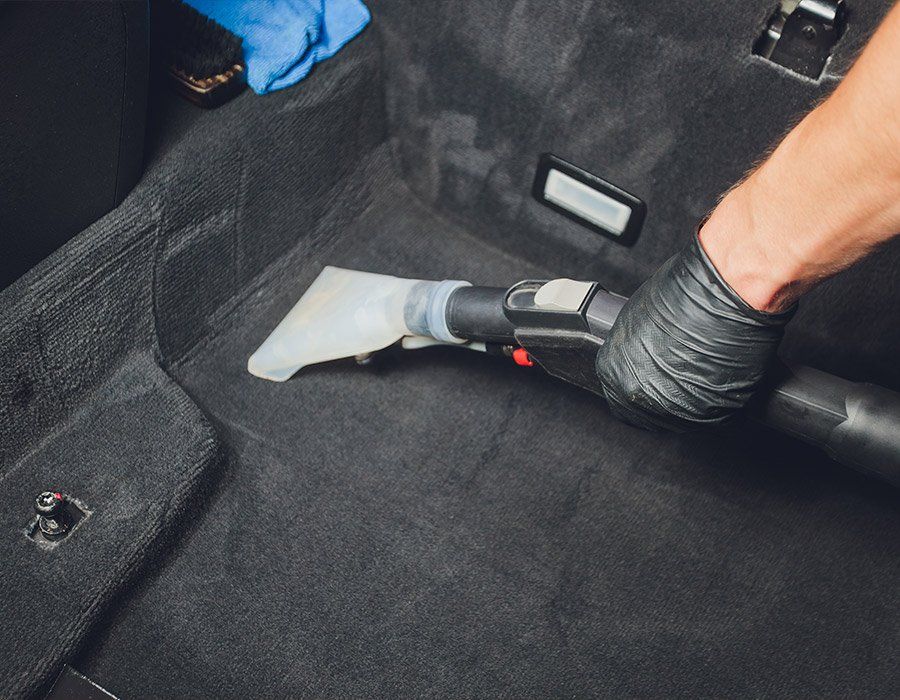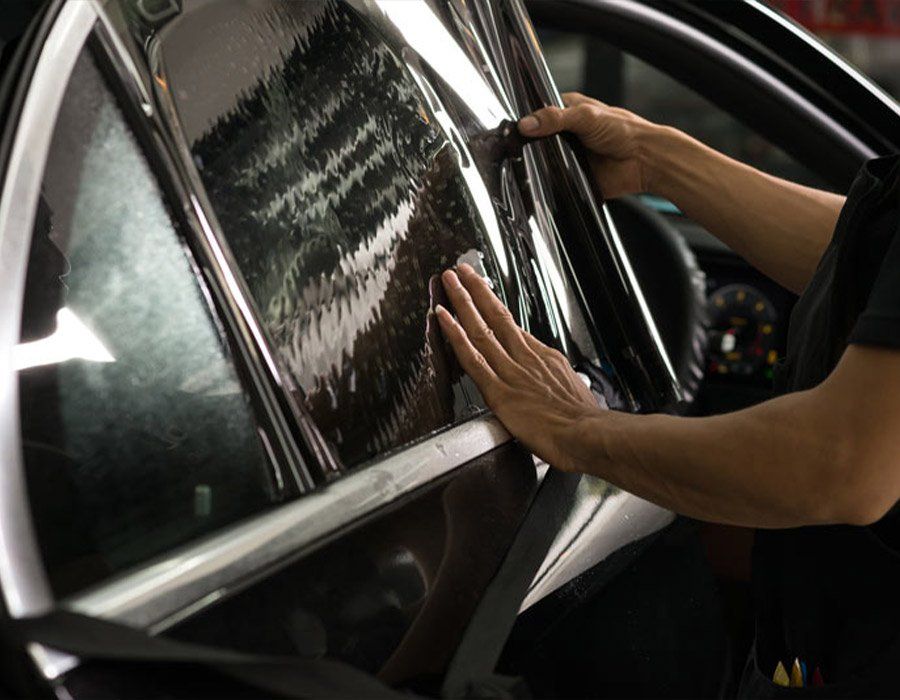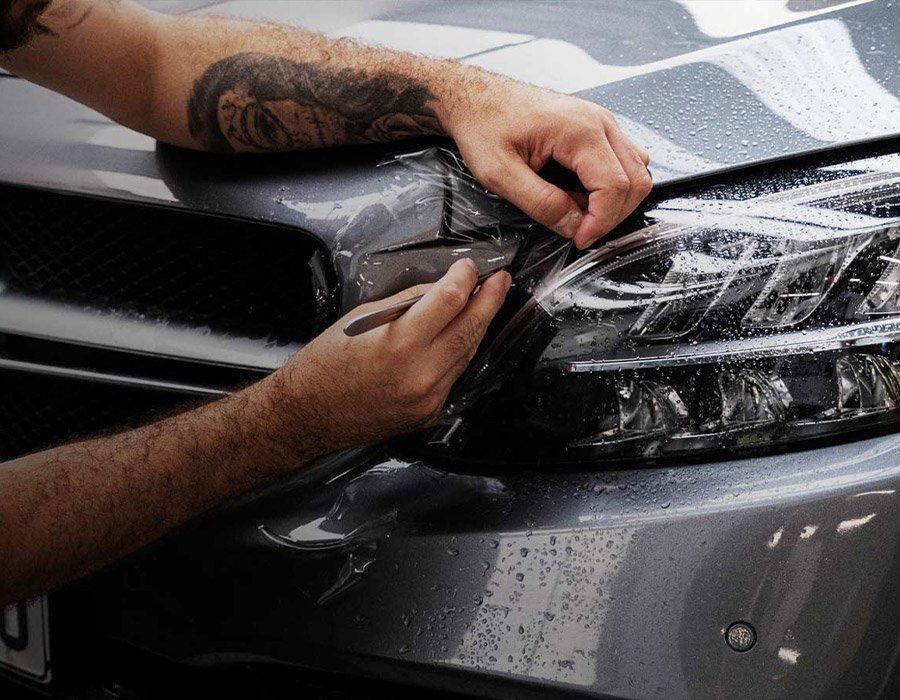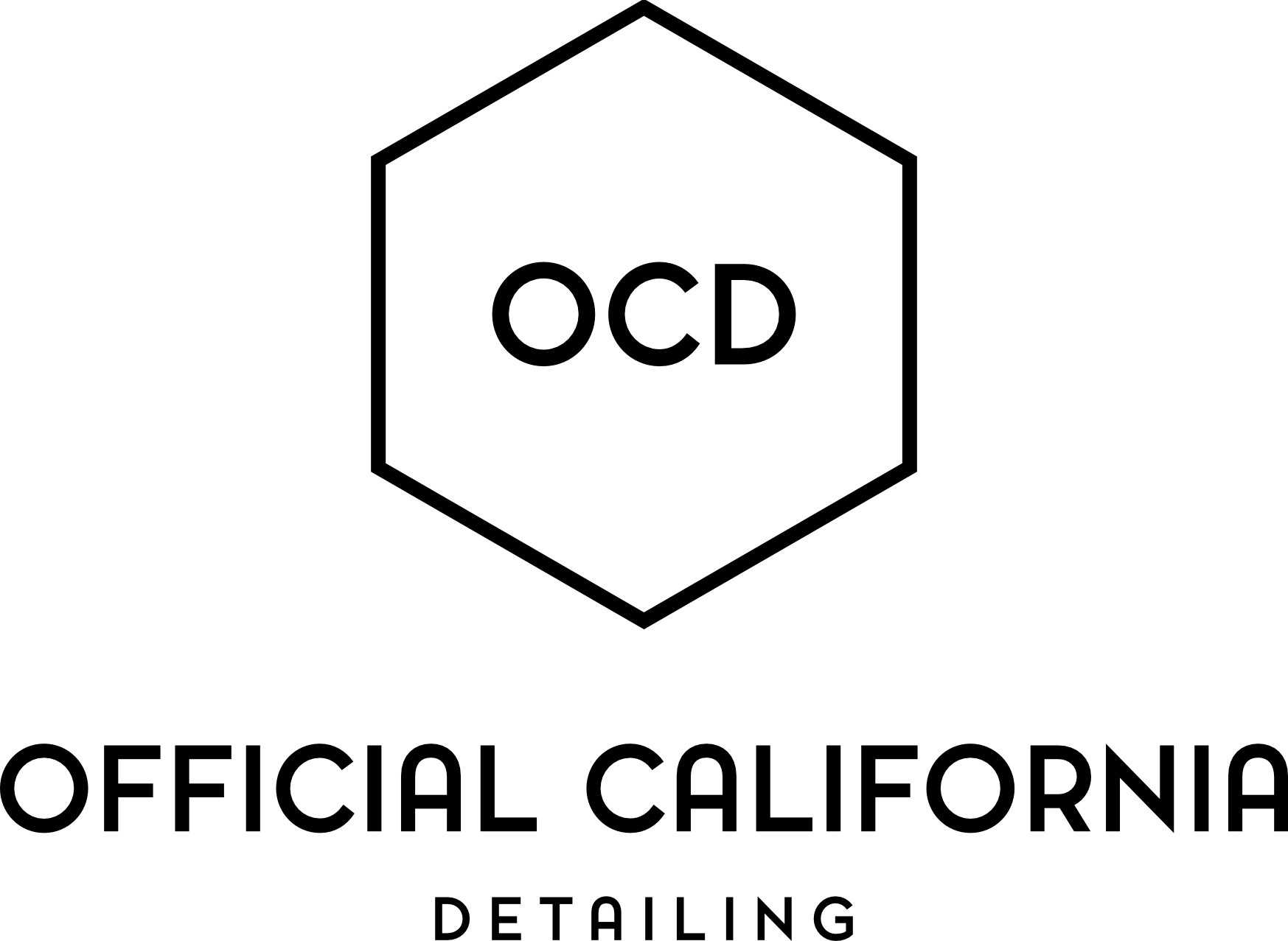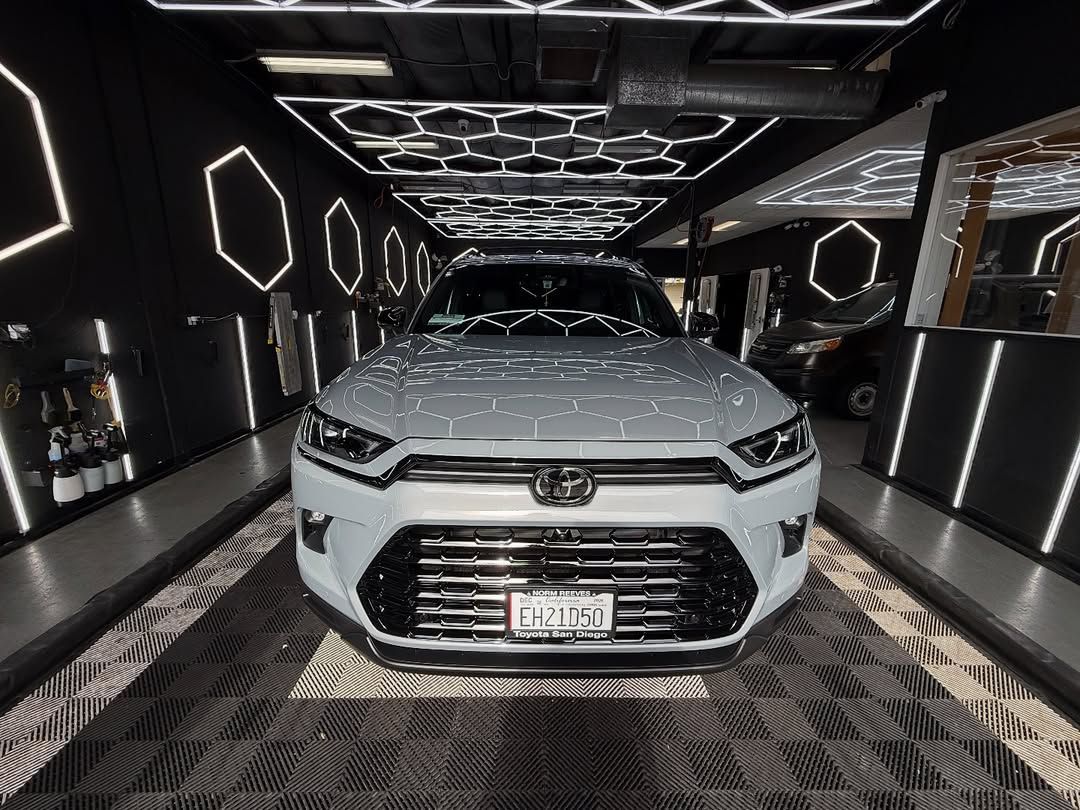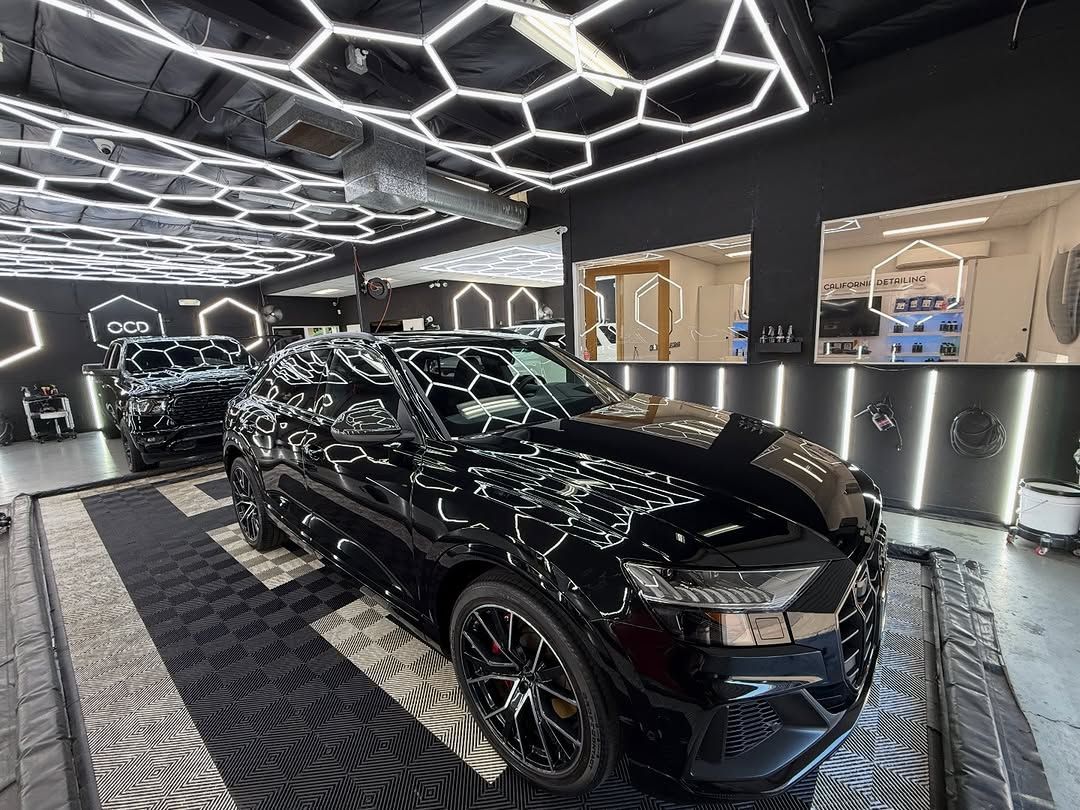Official California Detailing Blog
Paint Protection Film vs Vinyl Wrap: What's the Difference and Which is Best for Your Car?
(619) 760-4962 GET A QUOTE NOWPaint Protection Film (PPF), a clear, thick layer of film, guards your car's paint from scratches and chips without changing its color. In contrast, a vinyl wrap, available in various colors and textures, not only modifies your car's appearance but also offers some protective benefits. Although PPF typically covers high-impact areas like the front bumper and hood, vinyl wrap can embrace the entirety of your vehicle. Depending on your needs—whether it's maintaining your car's original color with added protection or transforming its look while shielding it—a choice could be made.
Paint protection film (PPF) is a durable, self-healing polyurethane film that provides long-lasting protection for a vehicle's paintwork, offering resistance to scratches, chips, and UV rays. On the other hand, vinyl wrap is a thin, flexible film primarily used for cosmetic changes, such as color alteration or custom graphics, but it offers less durability and protection compared to PPF.
Paint Protection Film Vs Vinyl Wrap: Key Differences
When it comes to protecting your car, both paint protection film (PPF) and vinyl wrap offer specific advantages. PPF acts like invisible armor, designed to safeguard your vehicle against hazards like chips, minor scratches, and environmental damage without altering the original paint color. In contrast, vinyl wrap is a colored or textured film that can transform the appearance of your vehicle while providing some measure of protection.
The main difference lies in their purpose and application. PPF is primarily focused on protection and is intended for high-impact areas such as the front bumper, hood, side mirrors, and door edges, where the risk of damage from road debris and stones is high. Its transparent nature allows it to blend with the original paint color, keeping the aesthetic intact while providing an additional layer of defense.
Vinyl wrap, on the other hand, is more about customization and transformation. It can change the entire look of the car, providing a new color or texture finish that suits the owner's preferences. While it offers some level of protection against light scratches and outdoor elements, its primary function is aesthetic enhancement.
For instance, think of PPF as a clear shield that shields your car's vulnerable areas from damage during everyday use, while vinyl wrap is like adding a new coat of paint to give your car a fresh appearance.
In terms of coverage, PPF is usually applied strategically to targeted areas prone to impact and wear, whereas vinyl wrap has the flexibility to cover the entire vehicle, allowing for complete color or style transformation.
Understanding these fundamental differences provides clarity when deciding between PPF and vinyl wrap for your car's protection or aesthetic requirements.
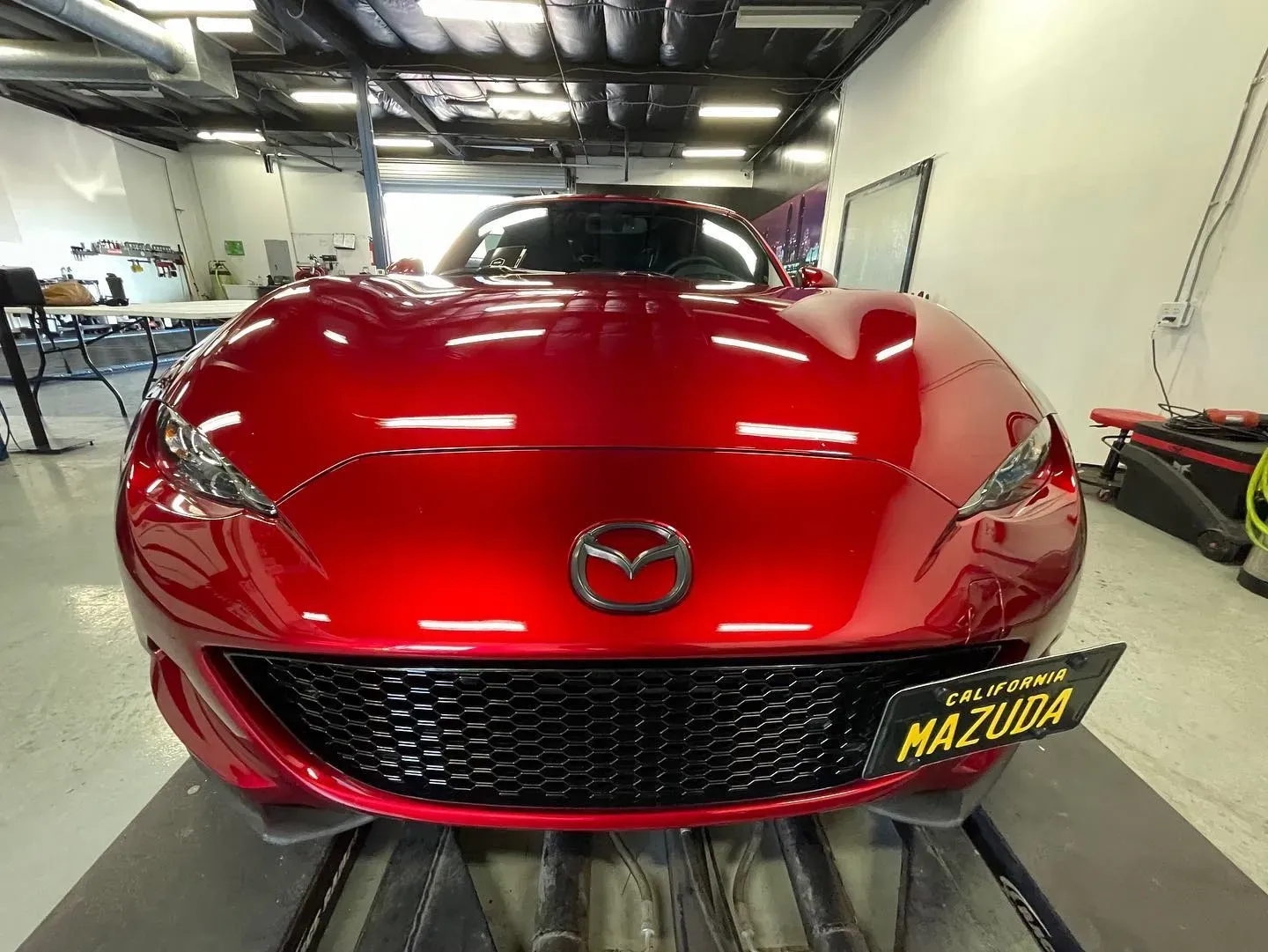
Materials, Costs, and Surface Protection
When it comes to choosing between paint protection film (PPF) and vinyl wrap, understanding the materials used, associated costs, and the level of surface protection provided is crucial. Let's break down each aspect to make the decision-making process easier.
Paint Protection Film (PPF):
Materials: Paint protection film is composed of a thicker, clearer urethane film. This design enables it to withstand a high level of impact from various external elements. The thickness of PPF sets it apart in terms of providing durable protection for your car's paintwork.
Costs: Given the quality and durability of PPF, it's natural to expect a moderately higher cost compared to other options. However, when considering the long-term benefits of PPF in terms of preserving the vehicle's surface, the investment in PPF proves to be worth every penny.
Surface Protection: The primary purpose of PPF is to offer superior protection against rock chips, light scratches, and UV exposure. The material's strength acts as a barrier against external agitators that could otherwise mar the car's exterior.
Vinyl Wrap:
Materials: In contrast to PPF, vinyl wrap consists of thinner colored or textured vinyl film. While this material is less substantial than PPF, it still offers flexibility for customization through various colors and textures.
Costs: The cost of vinyl wrap varies based on the quality and design chosen. In general, it tends to be lower than that of PPF due to the difference in the material's composition.
Surface Protection: Vinyl wrap provides some level of protection against minor scratches and UV rays; however, its main function is often focused on enhancing the aesthetic appearance of the vehicle rather than acting as a robust shield against external damage.
So, if you're looking for optimal surface protection that can endure harsh conditions and maintain your car's original appearance, PPF stands out as a reliable choice due to its durable composition and top-tier protective qualities.
Conversely, if you're more inclined towards personalizing your vehicle with an array of colors and textures at a relatively lower cost, vinyl wrap offers a range of options for visual enhancement. Each option has its own unique features that cater to different preferences and requirements.
Installation Procedure: PPF vs Wrap
When you decide to protect your car with either paint protection film (PPF) or a vinyl wrap, you're essentially investing in the future appearance of your vehicle. The installation process is crucial in determining the outcome of this investment.
Let's first discuss PPF. The installation of paint protection film is meticulous and requires professional expertise due to its thicker nature. The process begins with careful surface preparation to ensure that the film adheres flawlessly to the car's body. This includes cleaning the surface, removing any imperfections, and making sure there's no dirt or debris that could get trapped under the film.
In contrast, a vinyl wrap also requires a high level of skill to avoid air bubbles and creases during installation.
Whether it's PPF or vinyl wrap, precision is key in achieving a flawless finish that not only looks great but also effectively protects your car.
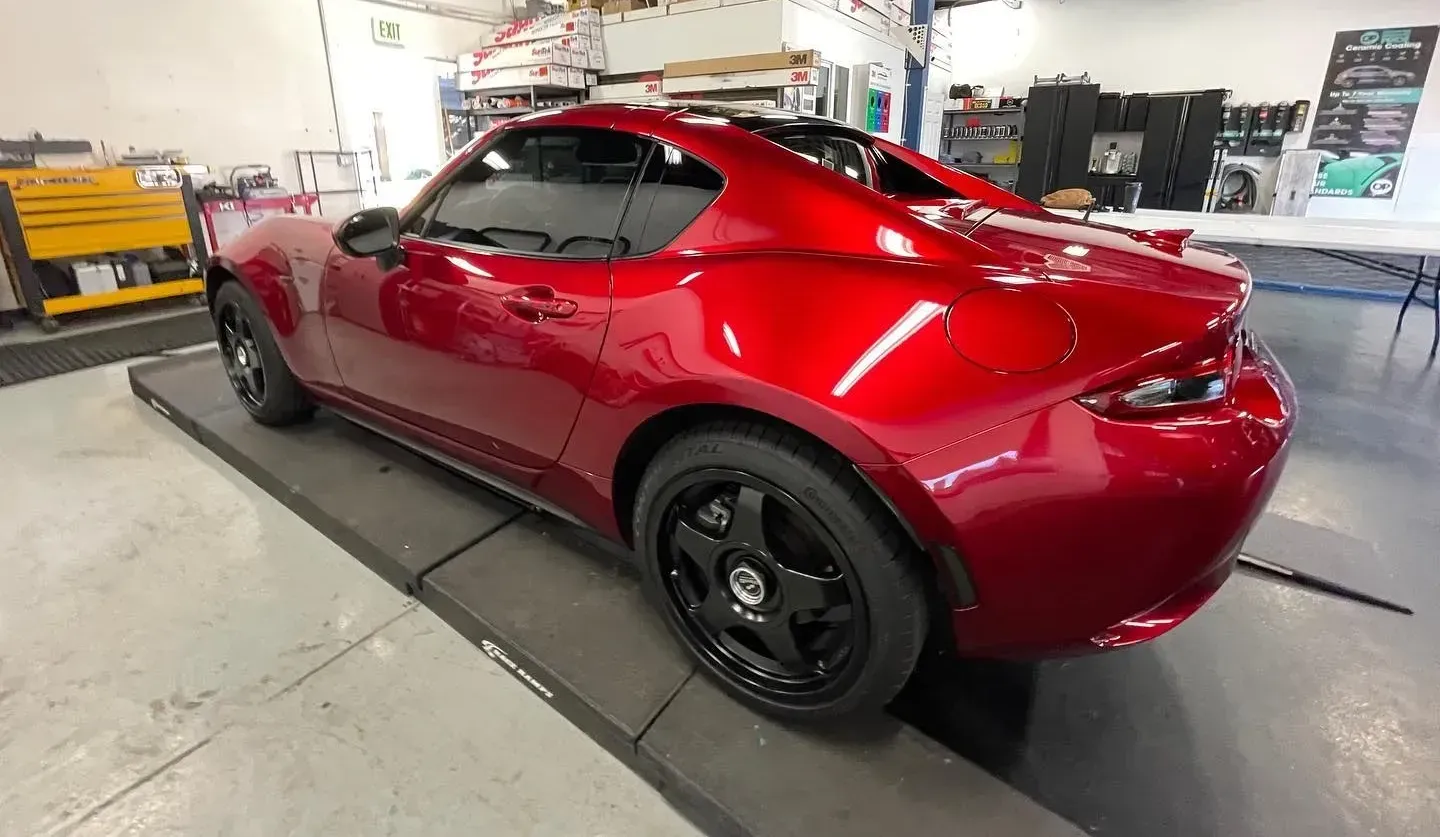
Appearance: Quality, Colors, and Longevity
When it comes to choosing between paint protection film (PPF) and vinyl wrap for your car, appearance plays a significant role. Let's break down the factors that contribute to the overall look and durability of both options.
- Quality: Paint protection film provides a high level of clarity and is designed to be nearly invisible when properly installed. This means that the original paint color of your car remains unaffected, offering a seamless finish that protects while maintaining the car's visual appeal. On the other hand, vinyl wrap offers a diverse range of finishes, from matte to high-gloss, which can significantly impact the overall appearance of your vehicle. The choice between PPF and vinyl wrap in terms of quality can largely depend on whether you prioritize an unobtrusive protective layer or if you're considering a more customizable visual transformation for your car.
- Colors: PPF is transparent and designed to maintain the original paint color of your vehicle. This is particularly appealing for car enthusiasts who want to preserve the factory finish while adding a layer of protection. In contrast, vinyl wraps offer a myriad of options, including solid colors, patterns, and custom designs. These choices allow for personalization and expression through the vehicle's exterior finish. Whether you opt for the subtlety of PPF or the vibrant customization offered by vinyl wrap, both choices present unique benefits based on individual preferences.
Finally, in terms of longevity, PPF can last up to 5-10 years with proper maintenance, making it an enduring protective solution. Vinyl wrap typically has a lifespan of 3-7 years, depending on maintenance and environmental exposure. These differences in longevity provide a crucial aspect to consider when making a decision, especially if you are aiming for long-term protection and aesthetic appeal.
Understanding how each choice impacts the appearance and durability of your car helps you make an informed decision that aligns with your preferences and long-term goals.
Choosing the Right Protection for Your Car
So, how do you decide which protection is the best fit for your car? The factors you need to consider aren't just about looks; they're about what's going to keep your car in top shape while still fulfilling your style preferences. Let's break it down.
Long-term Protection and Original Paint Color
If your priority is long-term protection while preserving the original paint color of your car, then paint protection film (PPF) might be the way to go. PPF acts as a barrier against chips, scratches, and other environmental damage, providing a layer of defense without changing the color of your vehicle. It seamlessly protects your car while letting its original beauty shine through.
Vinyl wrap, on the other hand, is ideal if you're looking to change the appearance of your vehicle. Whether it's a new color, custom graphics, or a matte finish, vinyl wrap can give your car a fresh look while also offering some level of protection. However, it's important to note that vinyl wrap doesn't provide the same level of long-term protection as PPF.
Professional Installation and Optimal Results
Both PPF and vinyl wrap are investments in protecting and personalizing your car. To ensure optimal results and longevity for either option, professional installation is key. Professional installers have the expertise and experience to apply these protective materials correctly, taking into account the specific contours of your vehicle.
Professional installation ensures that the protective material is applied evenly with no bubbles or wrinkles, giving you a sleek appearance that complements your car's design. This attention to detail not only enhances the visual appeal but also contributes to the overall effectiveness of the protective layer in safeguarding your car's finish.
Making an Informed Decision
When considering whether to opt for PPF or vinyl wrap, it's essential to weigh these different aspects against your specific requirements and desires for your car.
While PPF provides unparalleled long-term protection without altering the original paint color, vinyl wrap offers more flexibility in changing the appearance while providing some level of protection. The decision ultimately hinges on what aspect is most important for you—preserving the original paint color or exploring a new look for your vehicle.
For anyone seeking professional application of PPF, Official California Detailing provides expert installation services designed to meet your car's unique needs. Schedule an appointment or visit our website, Official California Detailing for more information on how we can enhance and protect your vehicle.
